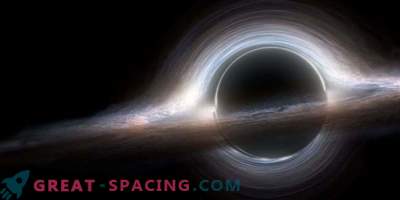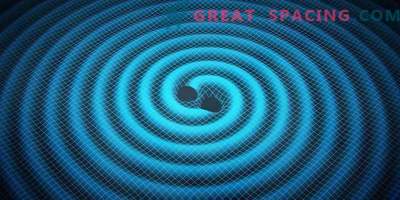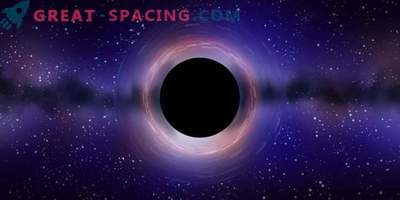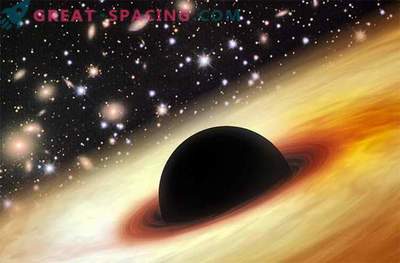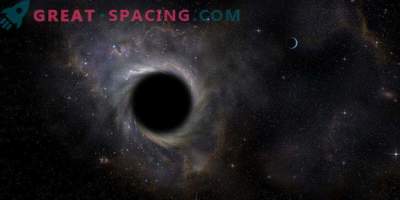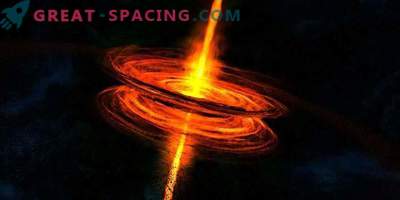
Astronomers have found a key connection between quasars that are billions of light years distant from each other, hinting that the structure of the Universe cannot be homogeneous, as modern theories have predicted.
Using the European Very Large Telescope, located in Chile, scientists observed polarization or the angle of light coming from 93 distant quasars - galaxies that are carriers of very active supermassive black holes. Black holes - areas with so dense substance, than even light cannot avoid their gravitational field.
The study of such a large number of objects was necessary so that scientists could make a final conclusion that in the Universe is a large-scale structure. The chance of a coincidence is less than 1 percent. The reconciliation may be related to the mass or evolution of black holes. Or it may be due to long-standing collisions or mergers of quasars.
"If the alignment of the quasar axes with their entire structure can explain the polarization alignment that takes place on a very large scale, this can challenge the cosmological principle, which states that the Universe is uniform and isotropic on a very large scale," Damien Hatsmecker of the University of Liege writes in Belgium.
The study will continue next week.




